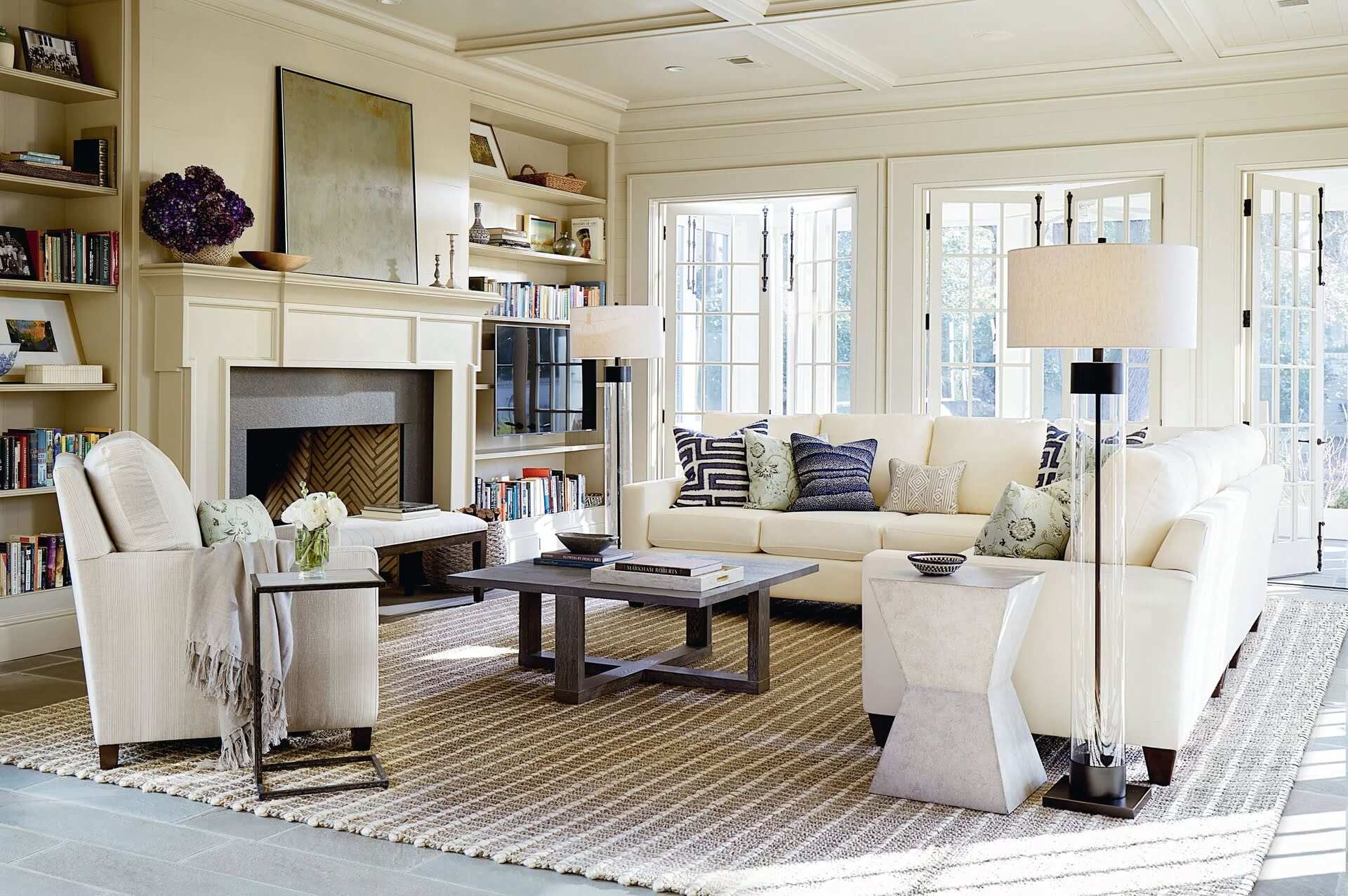

Articles
How To Arrange Furniture In Living Room
Modified: January 18, 2024
Learn how to arrange furniture in your living room with these helpful articles. Discover the best layout and design ideas to maximize space and create a stylish and functional living area.
(Many of the links in this article redirect to a specific reviewed product. Your purchase of these products through affiliate links helps to generate commission for Storables.com, at no extra cost. Learn more)
Introduction
Welcome to the ultimate guide on how to arrange furniture in your living room! The living room is often considered the heart of the home, a place where family and friends gather to relax, entertain, and create lasting memories. The way you arrange your furniture plays a crucial role in creating a comfortable and functional space that reflects your unique style and meets your everyday needs.
Whether you’re moving into a new home or looking to revamp your existing living room layout, this article will provide you with practical tips and creative ideas to make the most out of your space. From assessing the living room area to choosing a focal point and arranging seating, we’ll cover all the essential aspects of furniture arrangement.
But before we delve into the nitty-gritty of arranging furniture, it’s essential to consider the overall layout of your living room. Take note of the room’s dimensions, architectural features, and any existing furniture pieces or decorative elements that you would like to incorporate. This initial assessment will serve as a foundation for creating a cohesive and harmonious arrangement.
Now, let’s begin our journey into the world of furniture arrangement and discover how to transform your living room into a stylish and inviting space that perfectly suits your needs and preferences. Whether you prefer a contemporary, traditional, or eclectic style, the following steps will guide you in creating a functional and aesthetically pleasing living room layout. So, roll up your sleeves, grab a tape measure, and let’s get started!
Key Takeaways:
- Transform your living room into a functional and visually appealing space by assessing the room, choosing a focal point, establishing traffic flow, finding the right balance, arranging seating, positioning tables and storage, and adding accessories and décor.
- Create a comfortable and inviting living room by carefully arranging furniture, considering traffic flow, balancing the layout, and adding personal touches with accessories and décor. Infuse your unique style and preferences for a space that reflects your personality.
Read more: How To Arrange Living Room Furniture With Tv
Assessing the Living Room Space
Before you start arranging furniture in your living room, it’s crucial to assess the available space. This step will help you determine the size and scale of furniture pieces that will fit comfortably without overwhelming the room. Here are a few key factors to consider when assessing your living room space:
1. Measure the Room: Use a measuring tape to determine the dimensions of the room, including the length, width, and height. This information will be valuable when selecting appropriately sized furniture.
2. Consider Architectural Features: Take note of any architectural features, such as windows, doors, and fireplaces, as they can impact the placement of furniture. For example, you’ll want to avoid blocking a beautiful view or obstructing access to a doorway.
3. Identify Functionality: Determine the primary function of your living room. Will it primarily be used for relaxing, entertaining, or a combination of both? This will help you prioritize the arrangement of furniture to suit your specific needs.
4. Define Traffic Flow: Consider the flow of movement within the room. Identify the main pathways and ensure that they remain clear and unobstructed. This will help maintain a sense of openness and ease of movement.
5. Take Inventory: Make a list of existing furniture pieces that you want to incorporate into the new arrangement. This will help you determine which items can be reused and which may need to be replaced or repurposed.
By taking the time to assess your living room space, you’ll have a solid foundation for creating a functional and visually appealing furniture arrangement. It will also help you avoid common pitfalls, such as overcrowding the room or creating a layout that doesn’t suit your needs. So, grab your measuring tape and let’s move on to the next step of furniture arrangement: choosing a focal point.
Choosing the Focal Point
When arranging furniture in your living room, it’s essential to choose a focal point. The focal point serves as the anchor of the room and helps determine the placement of other furniture pieces. Here are some tips to help you identify and enhance the focal point in your living room:
1. Architectural Features: Look for existing architectural features that can serve as a natural focal point. This could be a fireplace, a large window with a scenic view, or an intricate ceiling design. Arrange furniture around these features to draw attention and create a visually appealing arrangement.
2. Television or Media Center: In modern living rooms, the television often becomes the focal point. You can position the seating area in a way that directly faces the television or media center, ensuring optimal viewing for everyone.
3. Statement Furniture Piece: If your living room doesn’t have prominent architectural features or a television, you can create a focal point with a statement furniture piece. This could be a bold-colored sofa, a unique coffee table, or an eye-catching piece of artwork. Arrange the other furniture pieces in relation to this attention-grabbing element.
4. Natural Views: If your living room has large windows that offer stunning views, consider making the outdoor scenery the focal point. Arrange the furniture to maximize the visibility of the view and create a seamless connection between the indoor and outdoor spaces.
5. Create a Focal Wall: Another way to establish a focal point is by creating an accent wall. Paint it in a contrasting color or use wallpaper with an eye-catching pattern. Arrange furniture against this wall to draw attention and create a visually appealing arrangement.
Remember, the focal point should be the most visually striking element in the room and the center of attention. By selecting and highlighting a focal point, you can create a cohesive and visually pleasing furniture arrangement that enhances the overall aesthetics of your living room. With the focal point in place, let’s move on to the next step: establishing traffic flow.
Establishing Traffic Flow
When arranging furniture in your living room, it’s important to establish a smooth and functional traffic flow. Traffic flow refers to the pathways and routes people will take as they move around the room. Here are some tips to help you create a well-designed traffic flow in your living room:
1. Clear Pathways: Ensure that there are clear pathways throughout the room, allowing easy movement from one area to another. Avoid placing furniture in a way that obstructs the natural flow of traffic.
2. Consider Entry Points: Take note of the main entry points to your living room, such as doors or hallways. Arrange furniture in a way that allows unobstructed access to these entry points, ensuring a smooth flow in and out of the room.
3. Avoid Blocking Walkways: Avoid placing furniture, such as sofas or chairs, in a way that blocks walkways. Allow enough space for people to move comfortably without having to squeeze through narrow passages.
4. Create Conversation Areas: When arranging seating areas, consider creating intimate conversation zones. Arrange sofas and chairs in a way that encourages interaction and allows people to face each other comfortably.
5. Maintain Access to Windows: If your living room has windows, ensure that they are easily accessible. Avoid placing large furniture pieces in front of windows, as this can obstruct both the flow of natural light and the view.
6. Balance Furniture Placement: Pay attention to the placement and distribution of furniture throughout the room. Ensure that there is a balance between open spaces and furniture-filled areas to create a harmonious flow.
By establishing a well-designed traffic flow, you can create a living room that not only looks visually appealing but also functions smoothly. A thoughtful arrangement will make it easy for people to navigate the space and engage in conversations comfortably. With the traffic flow in mind, let’s move on to the next step: finding the right balance in your furniture arrangement.
Finding the Right Balance
When arranging furniture in your living room, finding the right balance is key to creating a visually pleasing and harmonious space. Balance refers to the distribution and arrangement of furniture pieces to create a sense of equilibrium in the room. Here are some tips to help you achieve the right balance in your furniture arrangement:
1. Symmetrical Balance: Symmetrical balance involves arranging furniture in a mirror-like fashion. For example, you can place identical sofas or chairs on either side of a focal point or coffee table. This creates a sense of order and formality in the room.
2. Asymmetrical Balance: Asymmetrical balance involves arranging furniture pieces of different sizes, shapes, and styles in a way that feels visually balanced. For instance, you can pair a large sofa with a few smaller chairs or place a tall bookshelf next to a lower-profile seating area. This creates a more dynamic and eclectic look.
3. Visual Weight: Consider the visual weight of furniture pieces when arranging them. Heavier or visually dominant pieces, such as a large sectional or an oversized coffee table, can be balanced by lighter or more delicate pieces on the opposite side of the room.
4. Height and Scale: Pay attention to the height and scale of furniture pieces in relation to each other. Mixing furniture of different heights and sizes adds visual interest. For example, you can pair a high-backed armchair with a lower-profile sofa or incorporate varying heights of shelves and cabinets.
5. Color and Pattern: Balance the use of color and pattern throughout the room. Distribute bold or vibrant colors evenly to create a harmonious look. If you have a patterned furniture piece, balance it with solid-colored or more neutral pieces to avoid overwhelming the space.
6. Negative Space: Leave some breathing room or empty space in your furniture arrangement. This helps create a sense of openness and prevents the room from feeling too cluttered. Embrace the use of negative space to achieve a balanced and visually pleasing arrangement.
By finding the right balance in your furniture arrangement, you can create a living room that feels well-proportioned and visually appealing. Whether you choose symmetrical or asymmetrical balance, keep in mind the visual weight, height and scale, and the use of color and pattern. With the right balance in place, let’s move on to arranging seating in your living room.
When arranging furniture in a living room, start by creating a focal point, such as a fireplace or TV. Then, arrange seating to encourage conversation and ensure there is a clear pathway for traffic flow.
Arranging Seating
Arranging seating is a crucial step in creating a comfortable and inviting living room. The way you position sofas, chairs, and other seating options will determine the flow of conversation, the functionality of the space, and the overall comfort. Here are some tips to help you arrange seating in your living room:
1. Consider the Focal Point: Position the main seating area to face the focal point of the room. If the focal point is a fireplace or a media center, arrange the seating group in a way that allows everyone to have a clear view.
2. Create Conversation Zones: Arrange seating options to encourage conversation. Place sofas or chairs facing each other, with a coffee table or ottoman in between to create a comfortable and intimate gathering space.
3. Allow for Circulation: Ensure that there is enough space for people to move around the seating arrangements without feeling cramped. Leave a comfortable clearance of at least 2 feet around each seating piece to allow for easy movement.
4. Consider Traffic Flow: Take into account the traffic flow we discussed earlier. Ensure that the placement of seating does not obstruct the main pathways and entry points of the room.
5. Maximize Space with Sectionals: If you have a large living room, consider incorporating a sectional sofa. This versatile piece of furniture can provide ample seating while maximizing the available space.
6. Use Accent Chairs: Add visual interest and extra seating options by incorporating accent chairs into your arrangement. Place them strategically in corners or next to a window to create cozy reading or relaxation spots.
7. L-shaped Arrangements: In smaller living rooms, consider using an L-shaped arrangement with a sofa and a couple of armchairs. This layout provides a designated seating area without overcrowding the space.
Remember, the goal of arranging seating is to create a comfortable and functional setting for relaxation, conversation, and entertainment. Consider the flow of conversation, the placement of the focal point, and the overall layout of the room when positioning your seating options. With the seating in place, let’s move on to arranging tables and storage in your living room.
Arranging Tables and Storage
When it comes to arranging furniture in your living room, the placement of tables and storage solutions is equally important. Not only do these elements serve functional purposes, but they also contribute to the overall aesthetics and organization of the space. Here are some tips to help you arrange tables and storage in your living room:
1. Coffee Table Placement: Position the coffee table within easy reach of the seating area. It should be placed at a comfortable height, allowing for easy access to drinks, books, and other items.
2. Side Table Placement: Place side tables next to sofas and armchairs to provide convenient surfaces for placing drinks, lamps, and other small items. Ensure that they are within arm’s reach of the seating area.
3. Console Table Placement: If you have a console table, consider placing it against a wall to create a focal point. You can use it to display decorative items, photos, or even as a home for your television.
4. Entertainment Center or Media Cabinet: If you have a television or media center, arrange it in a way that provides optimal viewing for the seating area. You can position it on a media cabinet or mount it on the wall.
5. Bookshelves and Storage Units: Arrange bookshelves and storage units to maximize both functionality and aesthetics. You can place them against walls or use them as room dividers. Ensure that they are accessible and well-organized for easy storage and display.
6. Decorative Accessories: Use decorative accessories, such as vases, sculptures, or decorative plants, to enhance the visual appeal of your tables and storage units. Arrange them strategically to create focal points and add personal touches to your living room.
7. Balance of Open and Closed Storage: When arranging storage solutions, such as shelves or cabinets, consider the balance of open and closed storage. Open shelves can display decorative items and create a sense of openness, while closed storage can hide clutter and provide a neater appearance.
Remember, the arrangement of tables and storage solutions should not only be functional but also aesthetically pleasing. Consider the placement of furniture pieces, accessibility, and the overall organization of your living room when arranging tables and storage. With these elements in place, let’s move on to adding accessories and décor to complete the look of your living room.
Adding Accessories and Décor
When it comes to creating a well-designed and inviting living room, adding accessories and décor is the final step. Accessories and décor breathe life into your space, adding personality, style, and a finishing touch to your furniture arrangement. Here are some tips to help you add accessories and décor to your living room:
1. Accent Pillows and Throws: Add color, texture, and comfort to your seating by incorporating accent pillows and throws. Choose patterns, colors, and materials that complement your overall color scheme and style.
2. Area Rugs: Define specific areas and add warmth to your living room by placing area rugs under furniture groupings. Choose rugs that are proportionate to the size of your seating area and complement the style of the room.
3. Wall Art: Use wall art to enhance the visual appeal of your living room. Hang a statement piece or create a gallery wall using a mix of paintings, photographs, or prints. Make sure the size and placement of the artwork are proportionate to the wall and furniture.
4. Mirrors: Expand the visual space and bring more light into your living room by strategically placing mirrors. Hang a large mirror opposite a window or a focal point to create the illusion of a larger room.
5. Lighting: Layer lighting in your living room to create ambiance and functionality. Incorporate a combination of overhead lighting, table lamps, floor lamps, and even wall sconces to provide different levels of illumination for different activities.
6. Plants and Greenery: Bring a touch of nature into your living room with the addition of plants and greenery. Choose low-maintenance options such as succulents, or go for larger potted plants to create a focal point. Plants add life, texture, and a sense of calm to the space.
7. Decorative Accents: Finish off your living room with decorative accents such as candles, decorative bowls, sculptures, or unique collectibles that reflect your personal style. Place them strategically on coffee tables, shelves, or mantels to add visual interest.
Remember, accessories and décor should complement the overall style and theme of your living room. Choose items that resonate with your personality and create a cohesive look. By adding well-curated accessories and décor, you can elevate the visual appeal and create a space that truly feels like home.
With the final touches added, step back and admire your beautifully arranged living room. Your furniture arrangement, combined with the right accessories and décor, will create a space that is not only functional but also visually stunning. Now it’s time to sit back, relax, and enjoy your well-designed living room!
Conclusion
Arranging furniture in a living room is an art form that requires careful consideration of space, functionality, and style. By following the steps outlined in this guide, you can transform your living room into a space that is both visually appealing and functional for everyday living.
Assessing the living room space allows you to understand the dimensions and limitations of the room, guiding you in selecting appropriately sized furniture. Choosing a focal point helps anchor the room and determine the placement of other furniture pieces. Creating a smooth traffic flow ensures easy movement and access throughout the space.
Finding the right balance in your furniture arrangement is crucial to creating a harmonious and visually pleasing layout. Whether using symmetrical or asymmetrical balance, consider the visual weight, height, and scale of furniture pieces to create a well-balanced composition.
Arranging seating is important for creating comfortable conversation zones, considering the focal point and traffic flow. The placement of tables and storage solutions adds functionality and style to the room. By strategically positioning coffee tables, side tables, and storage units, you can enhance the overall aesthetics and organization of your living room.
Adding accessories and décor brings the final touches to your living room. Accent pillows, area rugs, and wall art add personality and visual interest. Lighting, plants, and decorative accents create ambiance and a sense of harmony. By carefully selecting and placing these elements, you can truly make your living room feel like a welcoming and stylish space.
In conclusion, arranging furniture in your living room is a creative and exciting process. Taking the time to assess the space, choose a focal point, establish traffic flow, find the right balance, arrange seating, position tables and storage, and add accessories and décor will result in a functional, inviting, and aesthetically pleasing living room. Remember to infuse your personal style and preferences into the arrangement, creating a space that reflects your unique taste and creates a comfortable and enjoyable atmosphere for you and your loved ones. So, let your creativity flow and have fun arranging your dream living room!
Frequently Asked Questions about How To Arrange Furniture In Living Room
Was this page helpful?
At Storables.com, we guarantee accurate and reliable information. Our content, validated by Expert Board Contributors, is crafted following stringent Editorial Policies. We're committed to providing you with well-researched, expert-backed insights for all your informational needs.
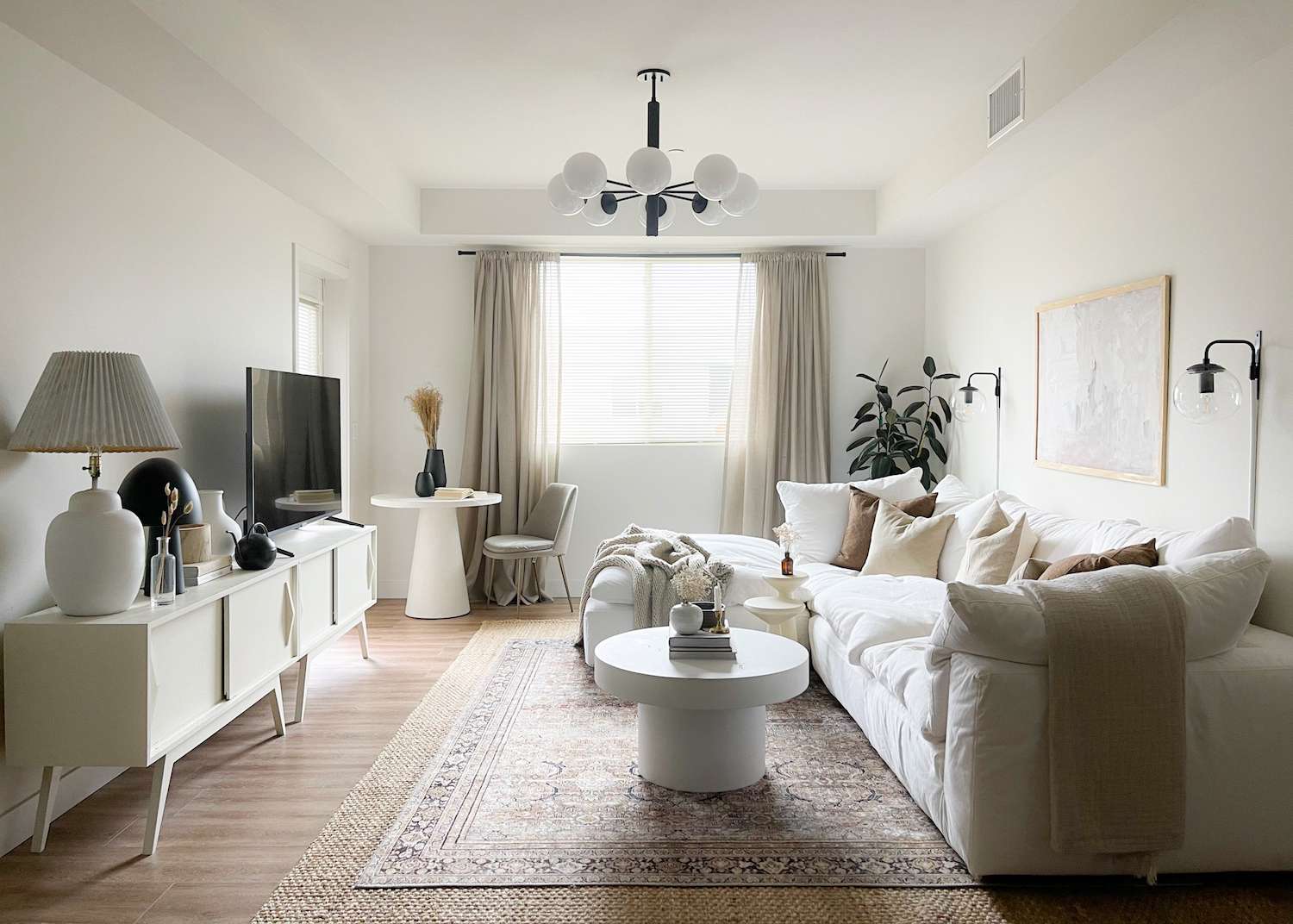
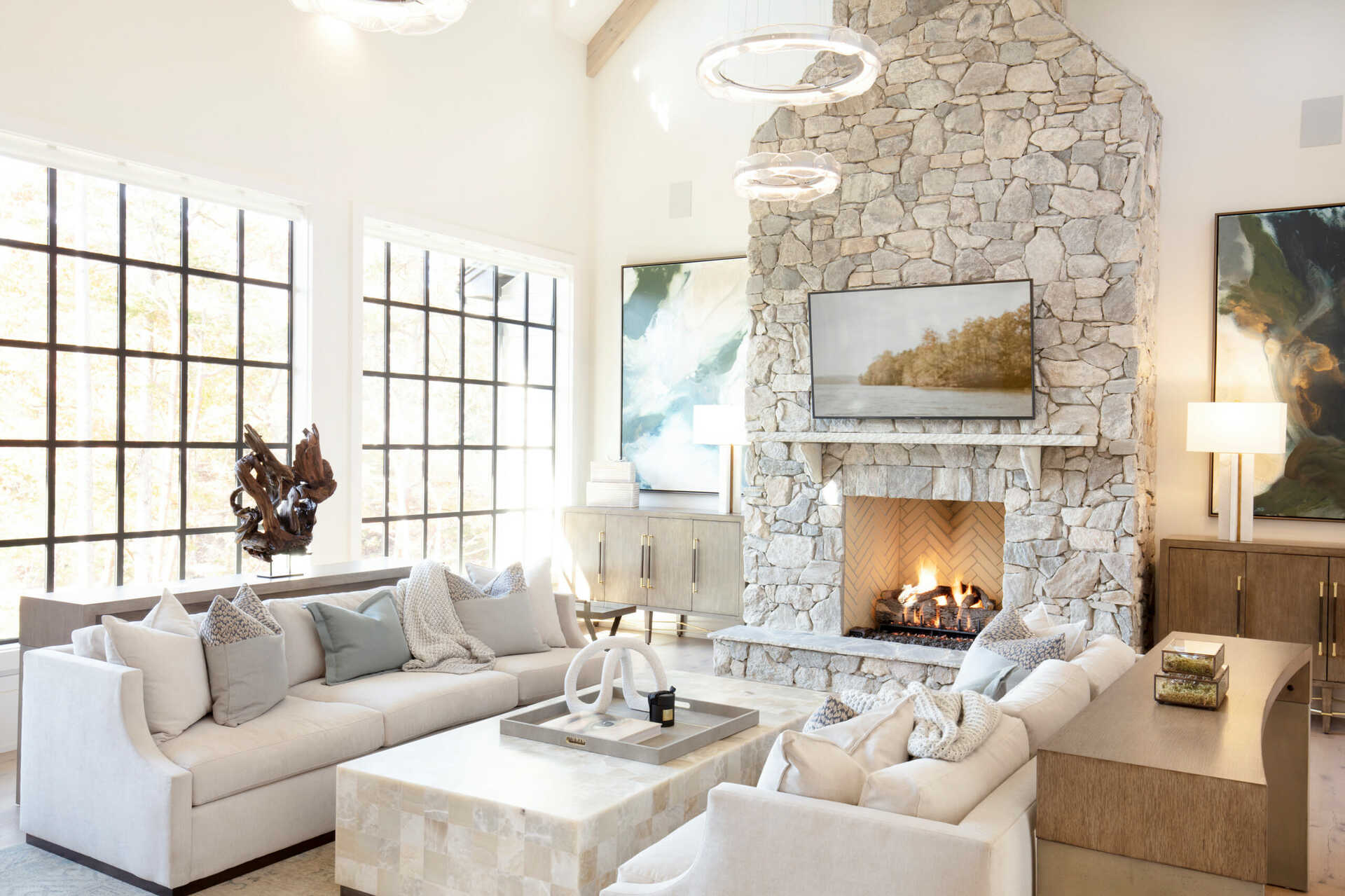
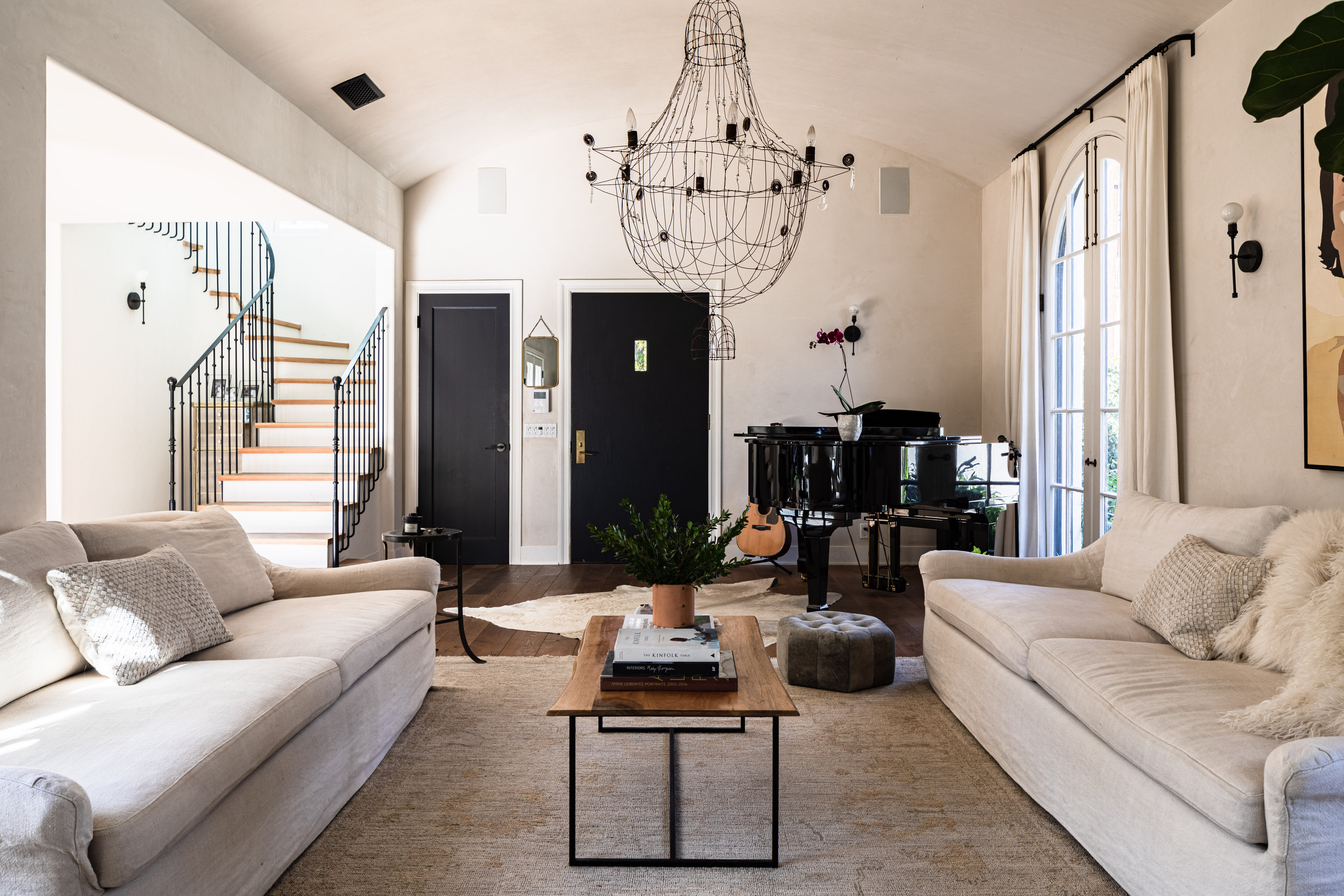
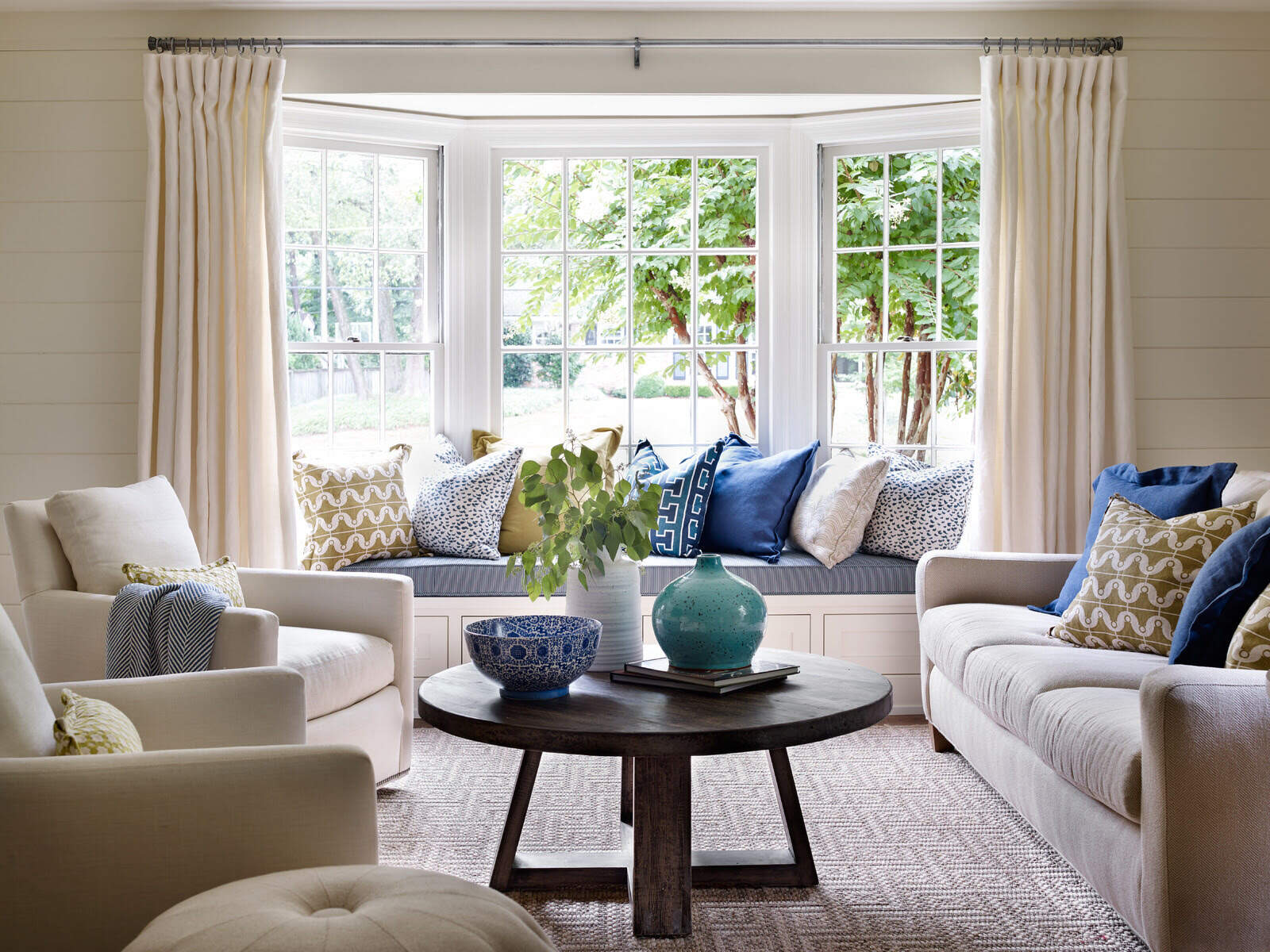
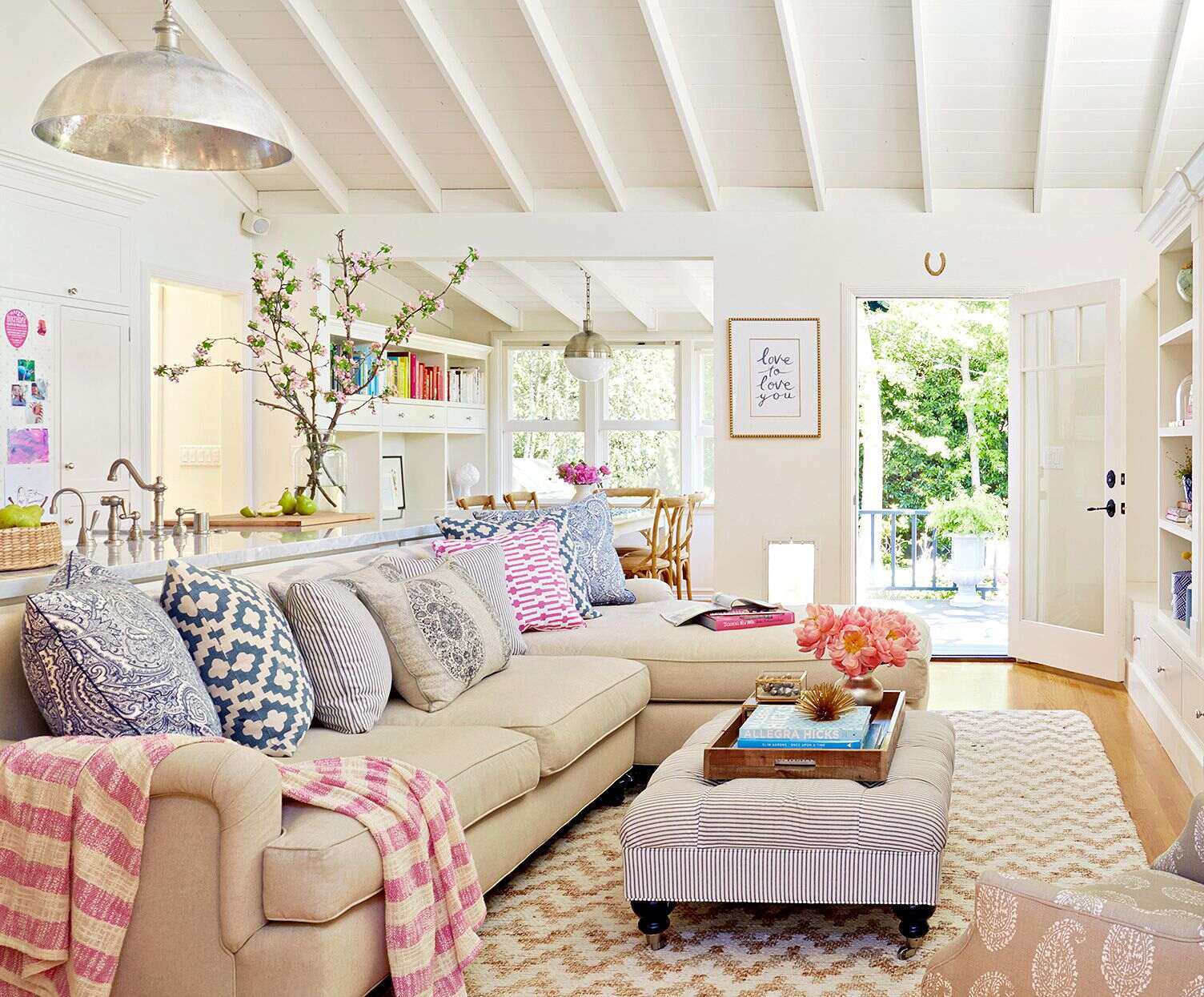
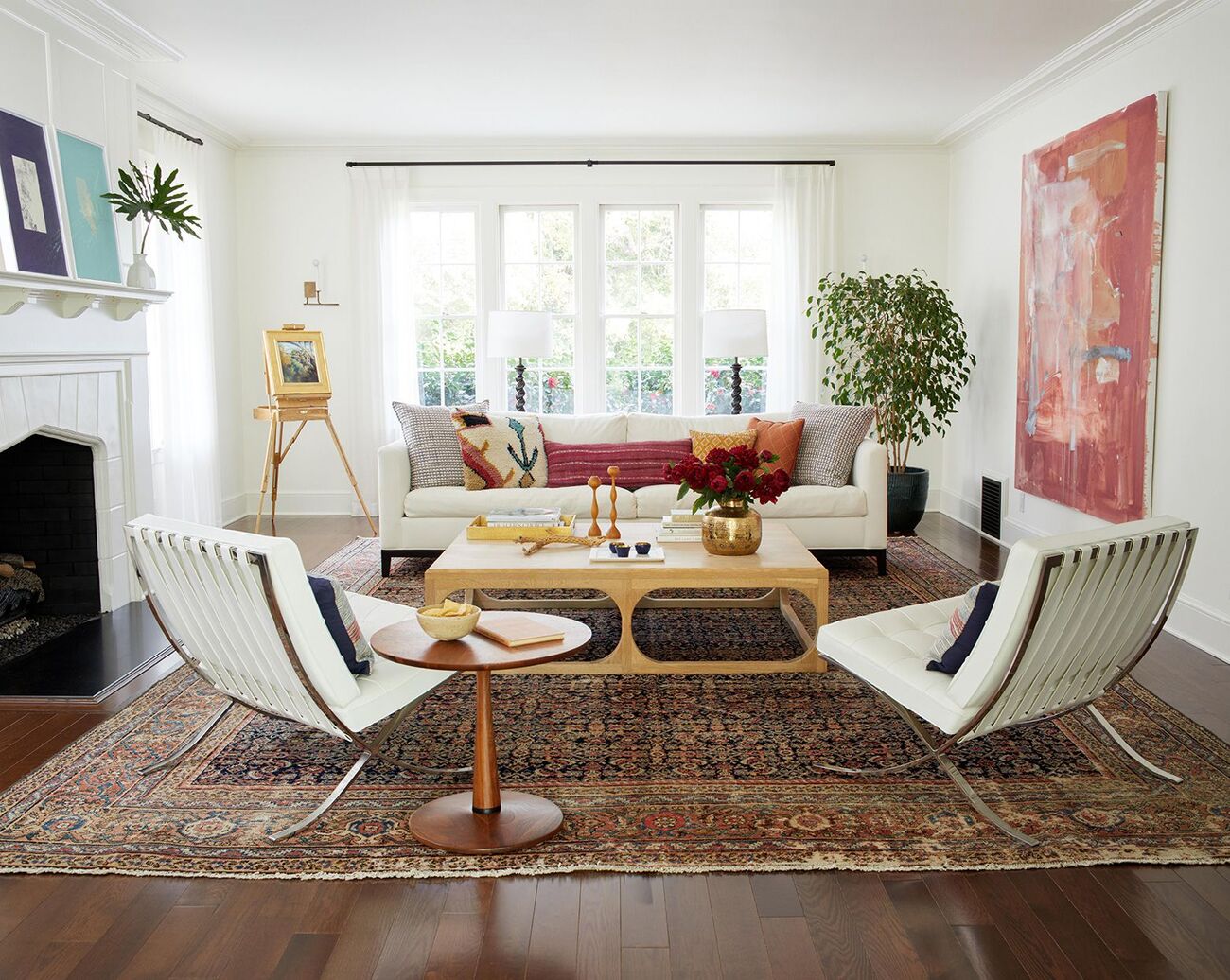
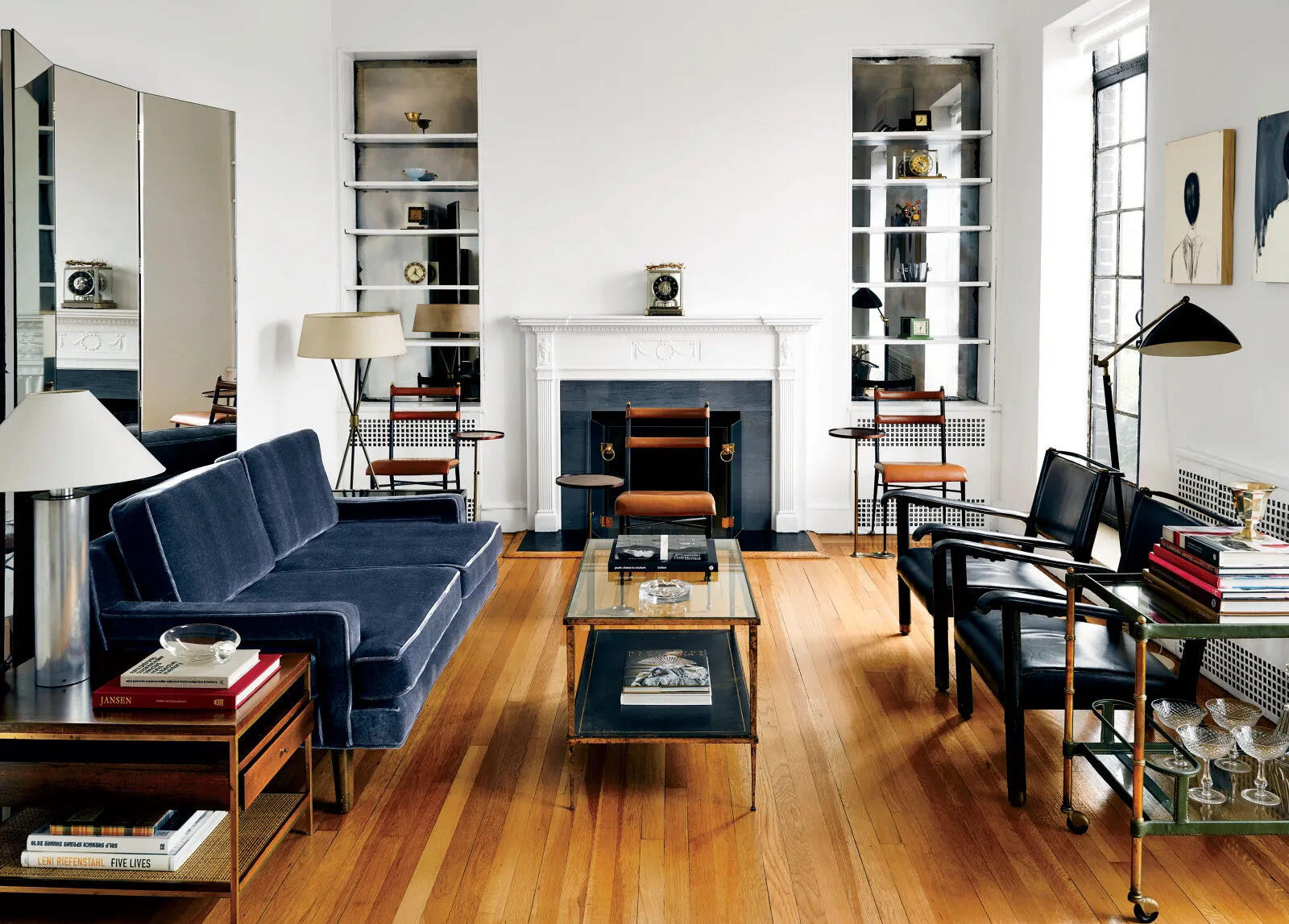
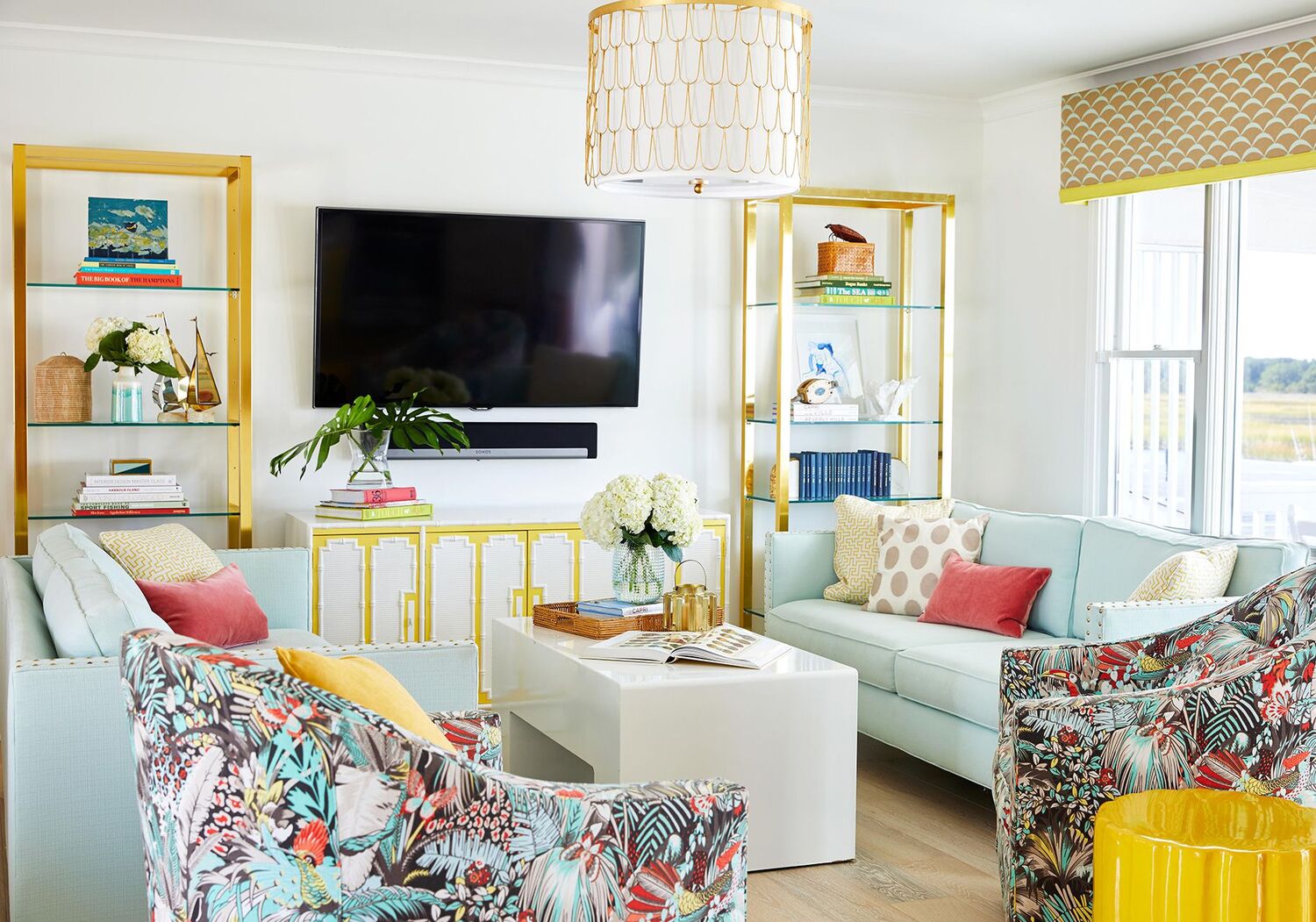
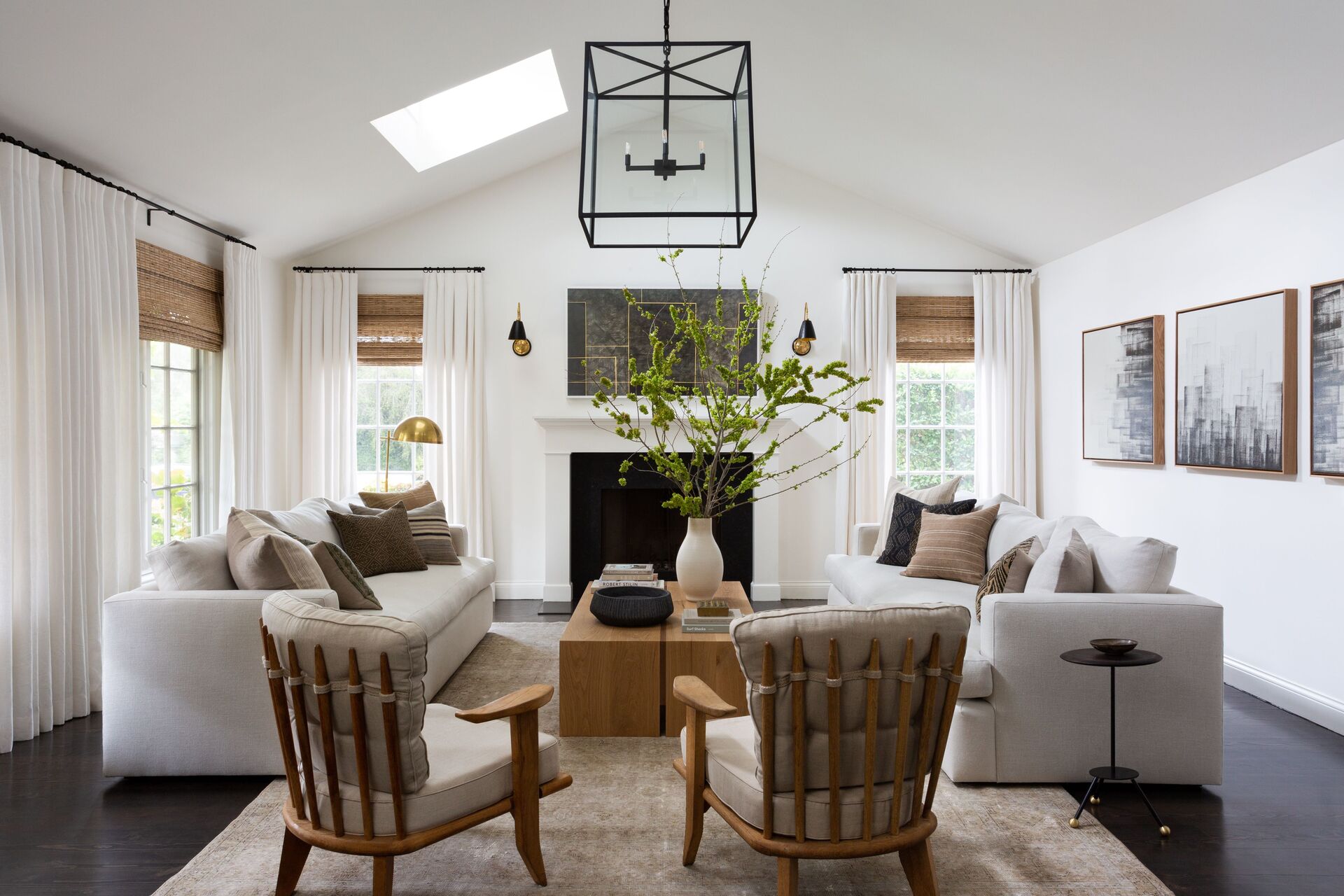
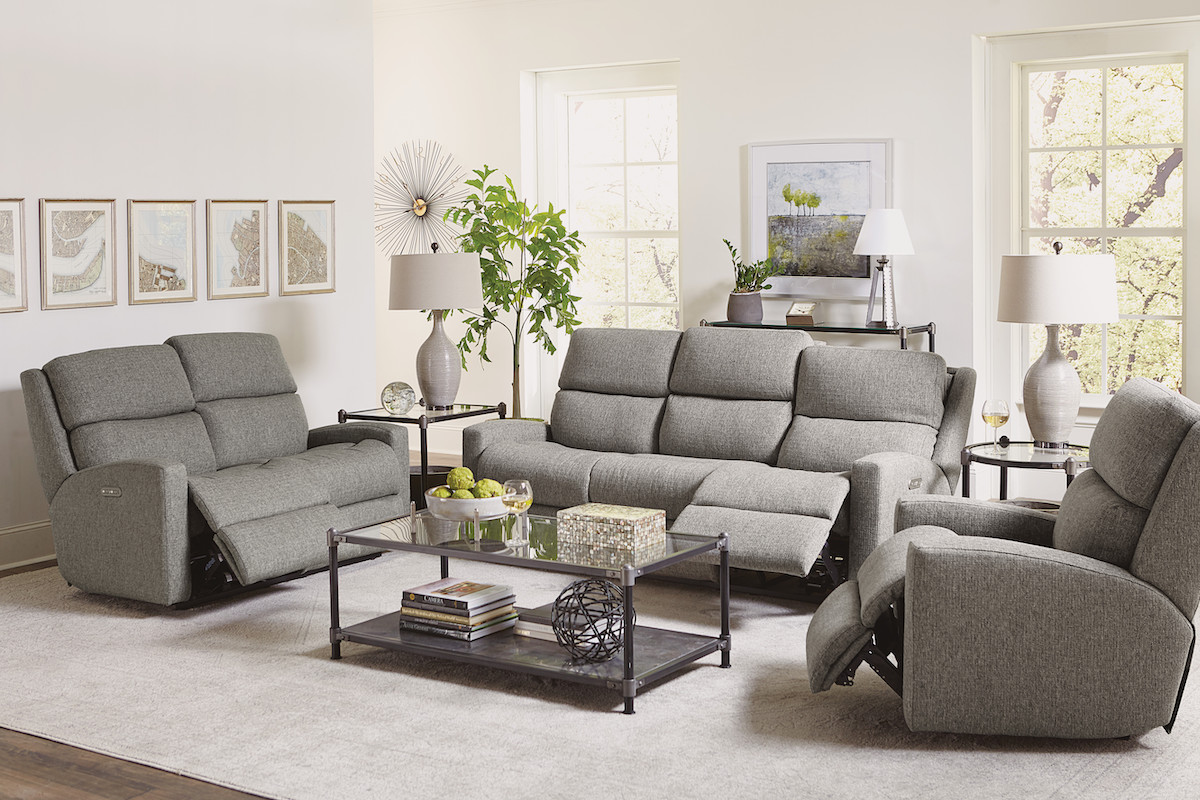
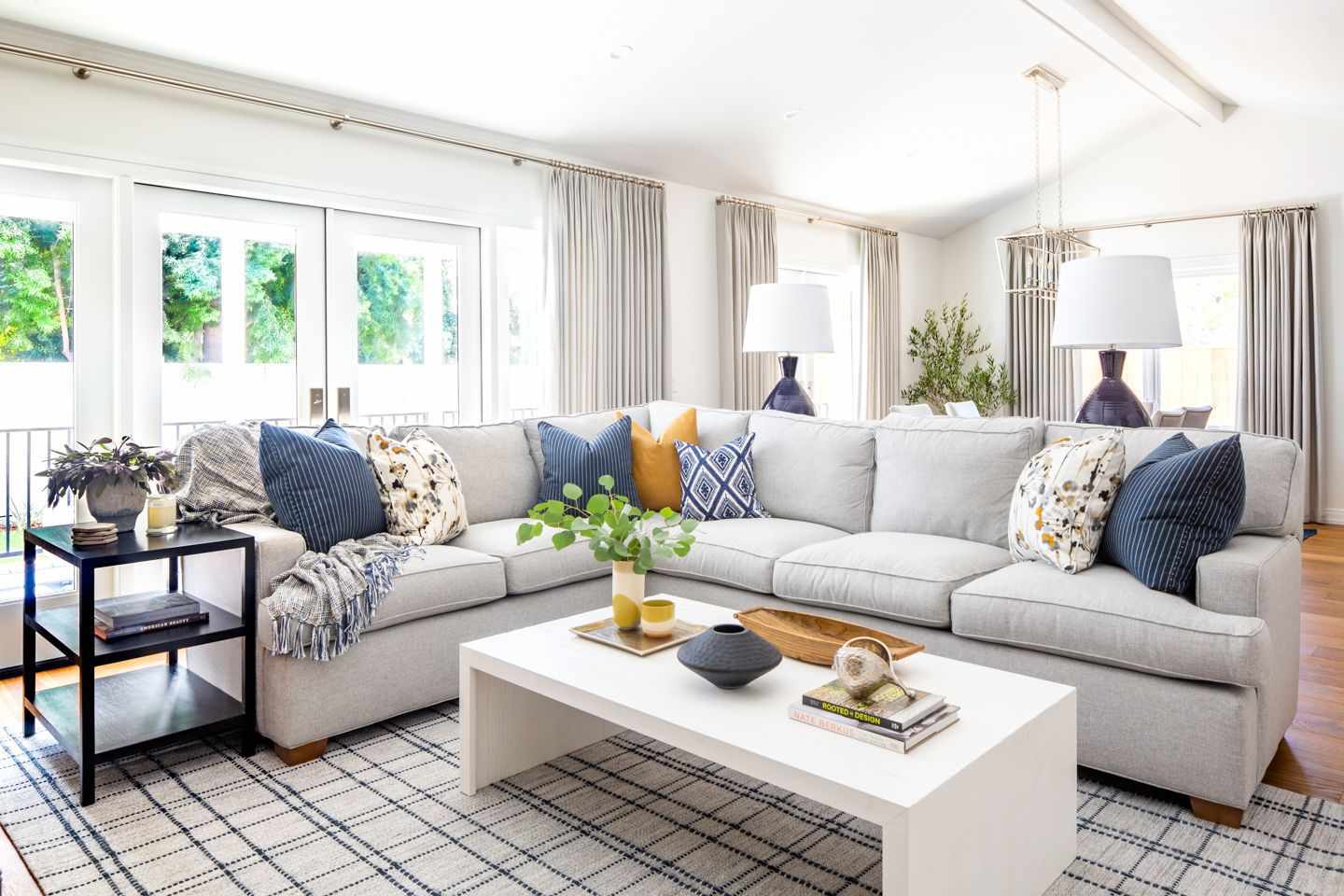
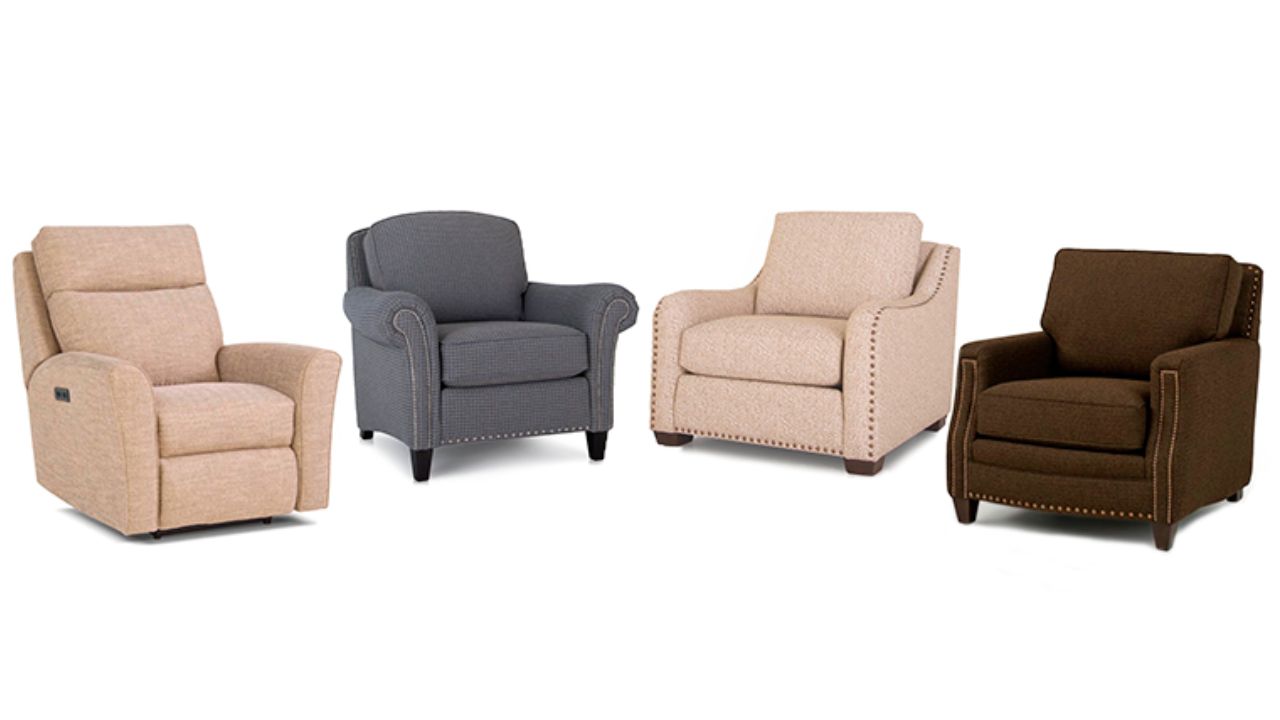
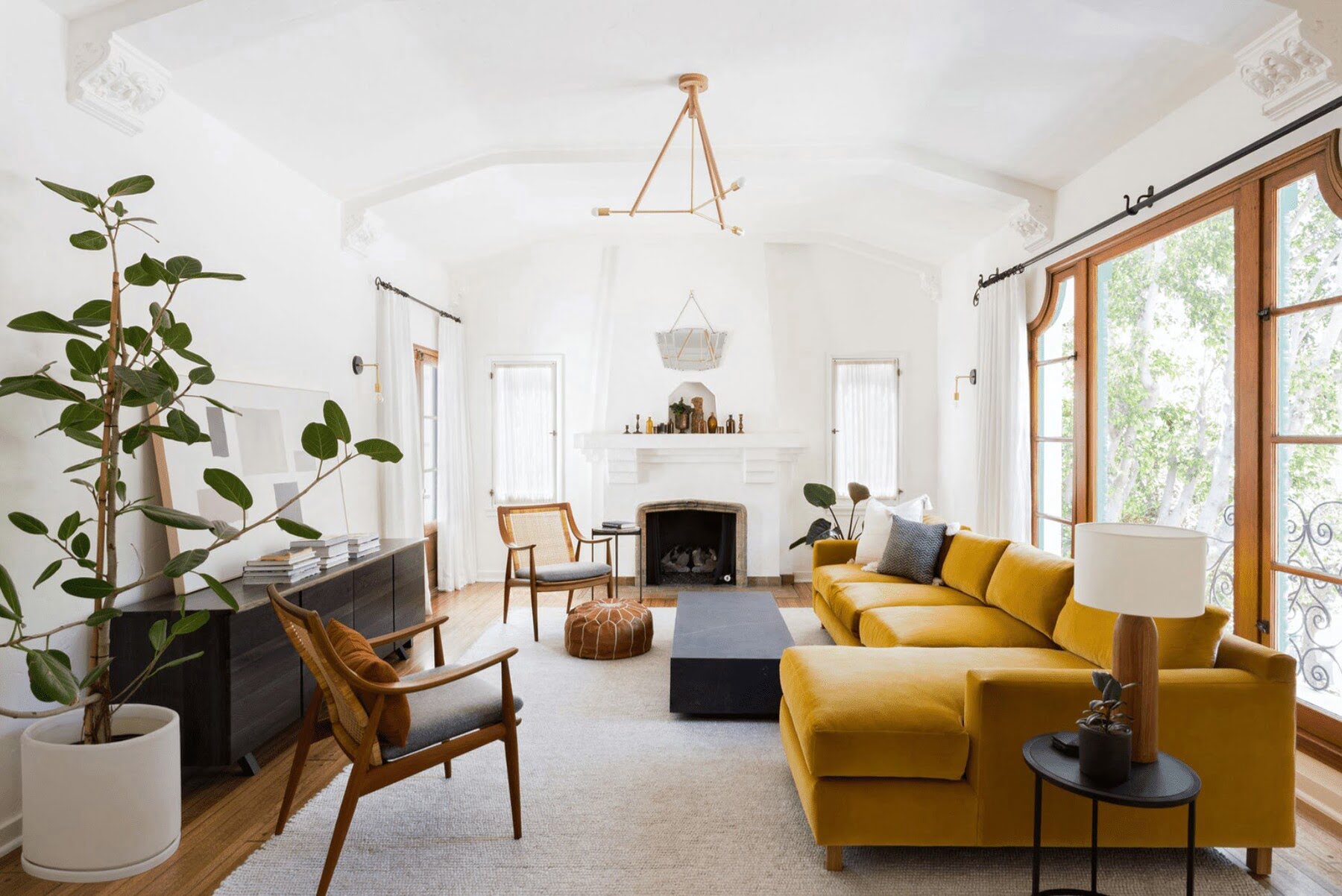
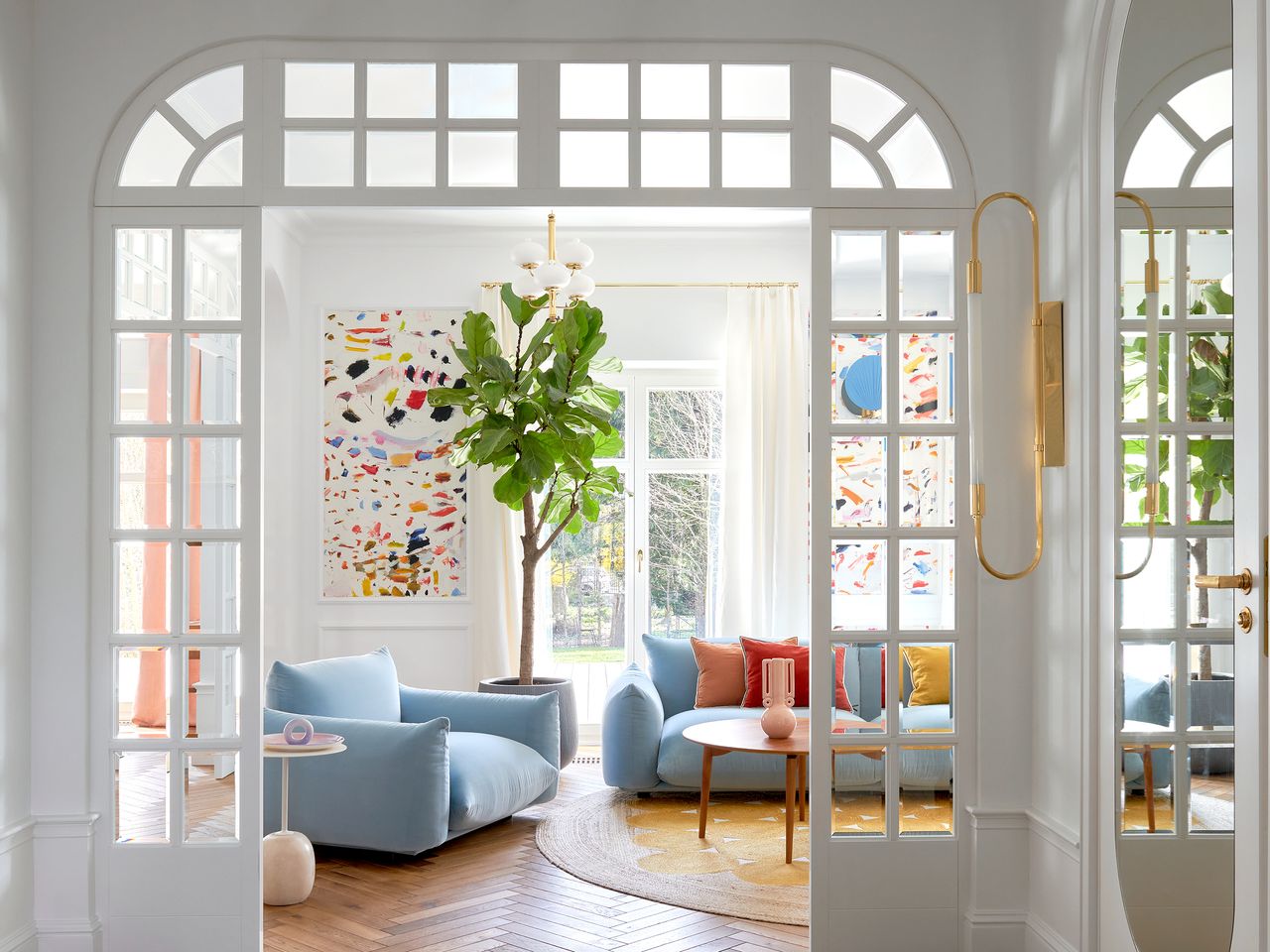

0 thoughts on “How To Arrange Furniture In Living Room”